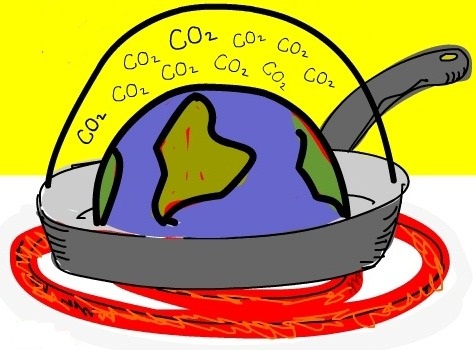At the World Economic Forum (WEF) in Marrakech last week, I expected to hear the sustainability challenges of the Middle East and North Africa (the so-called “MENA” region) described in some detail — from education to health care, from women in the workplace to replacing oil. I was not disappointed, but what I did not expect to hear in that setting was a lesson on energy economics from Manhattan.
Delegates from the MENA region and beyond have long concluded that a growing economy — even in one of the most oil-rich parts of the globe — cannot be sustained by fossil fuels alone. For example, Jordan’s Minister of State for Mega Projects & Public Sector Development, Imad Fakhoury, said his country needs so much new energy to keep up with demand that it will only be met with a portfolio of renewable energy development, exploitation of newly-discovered oil shale deposits, and even nuclear power. Together, those resources still won’t be enough, so his government has set a target of one percent energy efficiency improvements each year.
While that may not seem like much, within 10 years the 10 percent improvement in energy efficiency would equal the 10 percent of Jordan’s power grid fueled by wind and solar (another specific target the kingdom set for itself). As every other country in the region also spoke of the need to conserve energy – – driven largely by the need to use energy to desalinate water to meet growing demand for that essential commodity — the example cited repeatedly as a model was Manhattan’s Empire State Building.
This blog reported a year ago about the project that was squeezing some 40 percent more efficiency out of the electricity used by the grand dame of mid-town. Two weeks ago, Johnson Controls and Serious Materials completed the job ahead of schedule — 6,514 windows were rebuilt to save energy, using over 90 percent of the existing glass and frame materials, saving more than $400,000 in energy costs annually. Other upgrades and control improvements will complete the job, cutting over $4 million/year from energy bills in total and cutting carbon emissions by 105,000 metric tons over the next 15 years, repaying the upgrades in less than three years.
As we sat in air conditioned luxury on the edge of the north African desert at the WEF meetings, it was clear how much value the delegates placed on efficiency — the power plant you don’t have to build is the cheapest one of all. And Manhattan has still more to teach would-be energy misers around the world.
This past summer, one of the hottest on record for the Big Apple, electricity demand was nearly 8 percent higher than the previous record set four years earlier, but the demand on the grid at the peak was 1.4 percent lower than in 2006 thanks to “demand-side management.” By contracting with customers to disconnect appliances when the grid is straining to meet demand, system operators avoid the need to build new facilities. The fountain at Lincoln Center and laundry rooms in apartments all over the city are temporarily shut off until the demand declines. These “negawatts” allow the grid to meet about seven percent of its needs in this manner and the interrupted customers are paid handsomely for the privilege, but at a price lower than the cost of buying electricity from a new power plant, thus saving money for all ratepayers at the same time.
And a power plant that you don’t build is especially important to all things that breathe, because so-called “peaker plants” are usually fueled by the dirtiest fossil fuels and are allowed to pollute more than other generators because they run so infrequently. Demand side management coupled with the stunning results of energy efficiency retrofits, like the Empire State Building, suggest that Manhattan can handle growth for some time without new polluting generators — a lesson that energy experts from Jersey to Jordan need to study as rebounding economies around the world put more strain on limited global resources.



